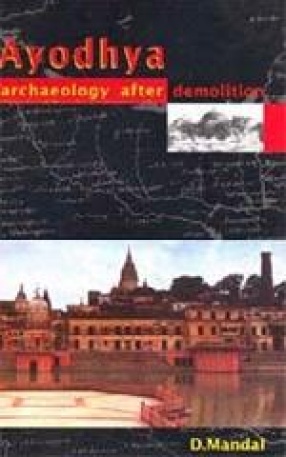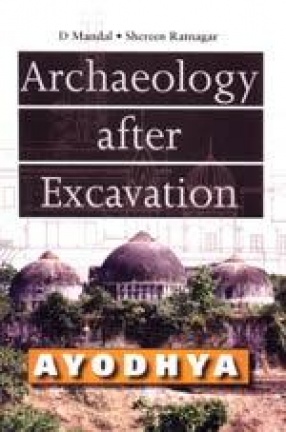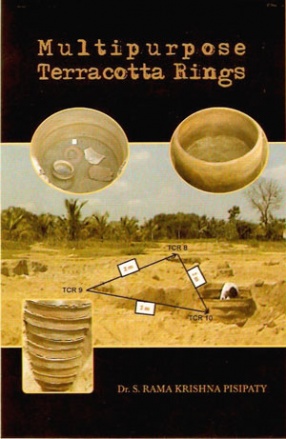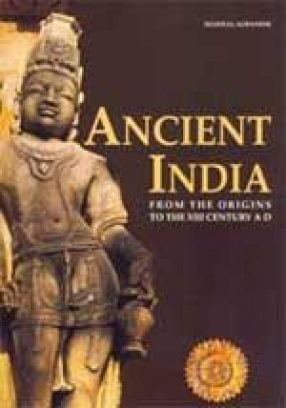Archaeology has become implicated in the Ayodhya controversy. It has been claimed that archaeological evidence provides irrefutable proof of the existence of a Rama temple at the site of the Babri Masjid, and the destruction of this temple by Babur. The author uses standard archaeological procedures to question the claim. He examines the structural and artifactual evidence and analyses the stratigraphic information of B.B. Lal’s excavations. Exploring possible alternative interpretations of the available data, he concludes that there was no temple of stone or brick lying below the mosque, and that there is no evidence of any act of destruction. This is a defence of archaeology against its political misuse. A cautious examination of the archaeological evidence reveals a great deal about the working of communal politics. The archaeological discoveries which are supposed to prove the demolition of a Rama temple by Babur actually show no more than the logic of a politics which destroyed
Ayodhya: Archaeology after Demolition
In stock
Free & Quick Delivery Worldwide
reviews
Bibliographic information
Title
Ayodhya: Archaeology after Demolition
Author
Edition
Reprint
Publisher
ISBN
8125023445
Length
xiv+88p., Notes.
Subjects






There are no reviews yet.